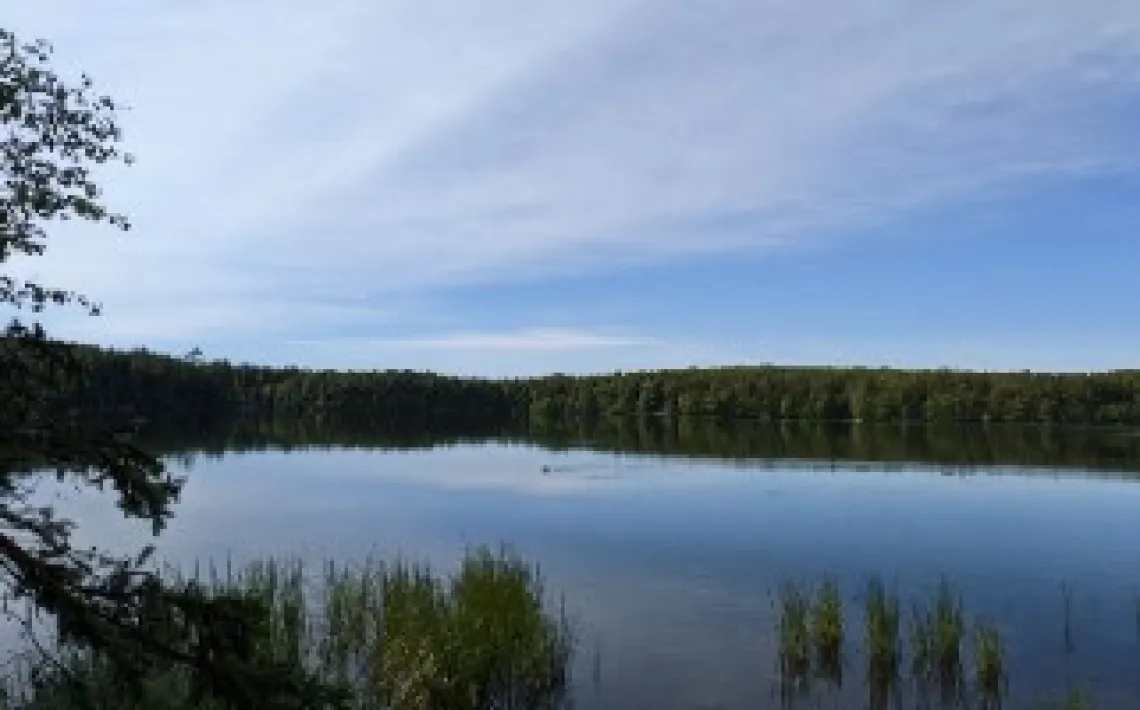Biomass Accumulated Over Decades Lost in Less than 200 Years in Upper Midwest Forests

Chequamegon-Nicolet National Forest
Corey Ziemann
SW CASC USGS Federal Director, Stephen Jackson (currently on detail as National CASC Senior Advisor on Biodiversity and Climate Change), is part of a team that published new research in Science, examining forest cover in the upper Midwest over the past 10,000 years. This research clarifies uncertainties about terrestrial carbon accumulation prior to the industrial revolution, and provides evidence that forest biomass and carbon have accumulated over the course of thousands of years. It has only taken the past 150 years of deforestation for this biomass to be lost.
Researchers studied changes in woody biomass across millennia to conclude that after a period of biomass loss during the early Holocene that resulted from a postglacial warming climate, there was continuous and gradual change in carbon pools during the late Holocene. Once woody species like hemlock and beech were established in this region of the Midwest, high-biomass forests were sustained for millennia, resulting in substantial carbon pools that lasted from 8,000 years ago until Euro-American settlement.
This research solidifies the importance of high-biomass species in forested areas for carbon accumulation. It can also help guide more sustainable management of forested biomes to prioritize high-biomass species. Land management that mirrors natural processes, as identified in the study, can enhance carbon sequestration and ecosystems’ ability to buffer climate change impacts.

